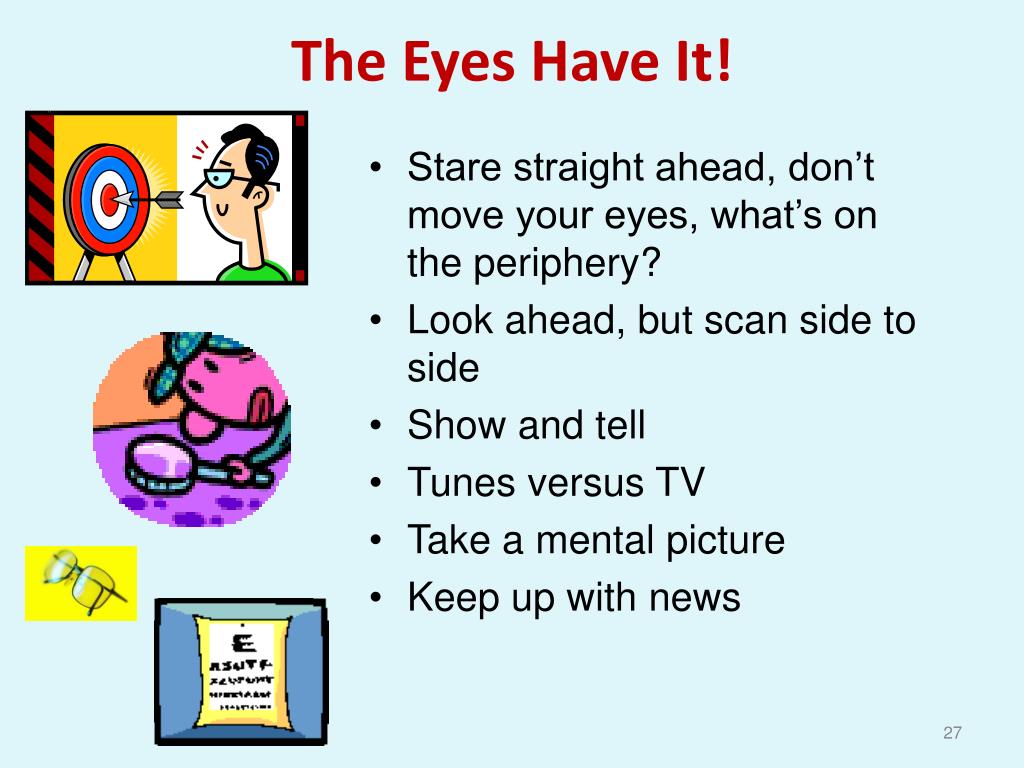

The ability to find lost objects involves cooperation between the parts of the brain that process what you see, those that store what you remember, and areas that control how you move your eyes. In truth, your brain does most of the work to help you find objects in places like your bedroom, your classroom, or the world outside. It is easy to assume that the eyes are the most important part of searching-eyes are important for seeing, of course! But your eyes are only one important part of the process called visual search. As you will come to find out, your brain is even more important than your eyes in helping you find lost objects. In this article, you will learn that visual search is more than just moving your eyes to the thing you are searching for. But this mental task is a lot more complex than it seems. It seems relatively simple for us to find someone (like your friend in the hall at school), or to find places and things (like your favorite store at the mall, or your parents' car in the parking lot). It is a complex mental task we perform countless times throughout each day. Visual search is the process of finding things like keys, lost toys, clothes, and anything else you may need to find. Think about how often you search your messy room for lost objects, or search the fridge for a snack.


 0 kommentar(er)
0 kommentar(er)
